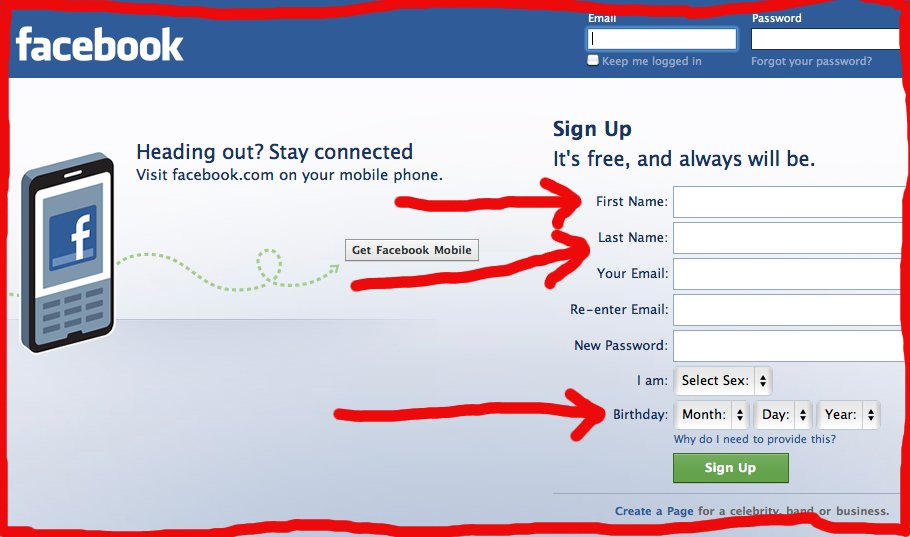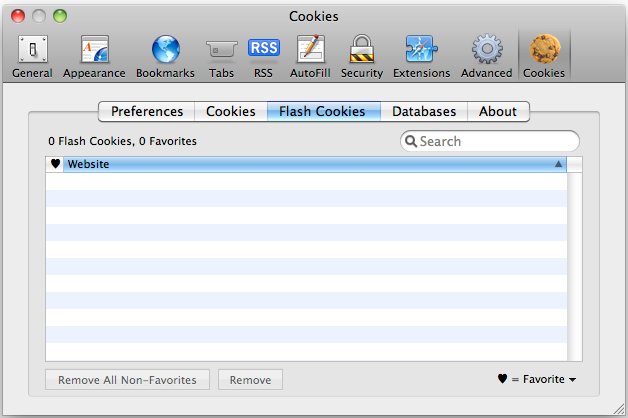Facebook claims that it’s a mistake that they are working to “dramatically limit” (yeah, sure). But, for some time, they’ve been giving your ID to the companies that make a business of collecting data about you on the Internet, then selling it. Reporters for the Wall Street Journal caught them at it.
Says the Wall Street Journal: “The apps reviewed by the Journal were sending Facebook ID numbers to at least 25 advertising and data firms, several of which build profiles of Internet users by tracking their online activities.”
Everyone needs to be aware of these new companies that are collecting and selling information about you. We also need to be aware of who their partners are. To start: Facebook, Abobe Flash, Google, Yahoo, Twitter, and who knows who else. The only way to defeat them is by scrupulous management of your browser “cookies” and by being aware of how these companies work and how sneaky and dishonest they are. When they have your ID, they can track what you do on the web, tie it all together with your name, and sell it.
I am considering leaving Facebook altogether. But for some time I have signed into Facebook using a separate browser, and in that browser I don’t go anywhere but to Facebook. This may be the last straw, though, that leads me to close my Facebook account.


